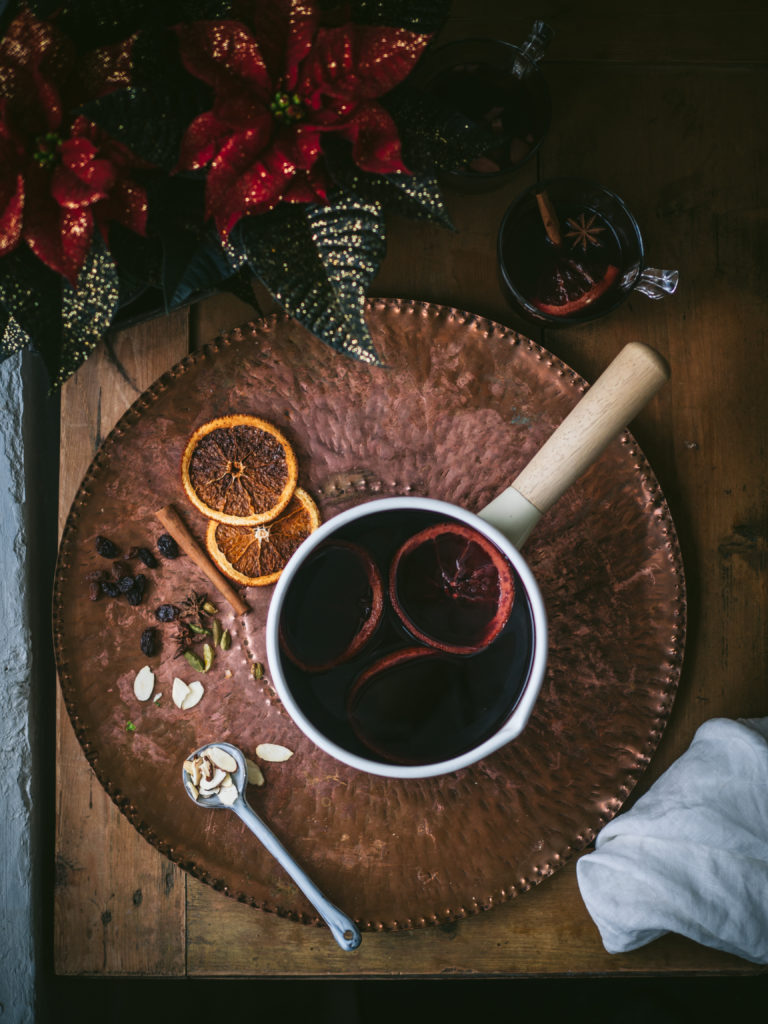
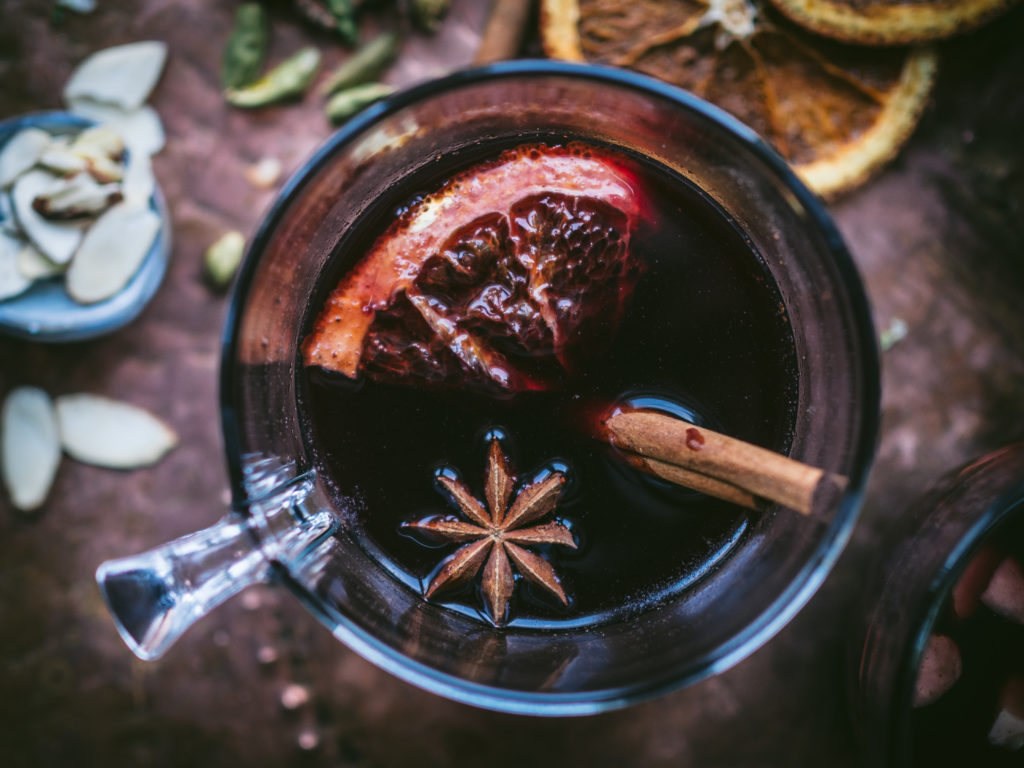
Gløgg is the Scandinavian version of mulled wine or glühwein. It’s a warm, spicy and fruity drink featuring wine or, for the non-alcoholic version, juice or saft “cordial”. With the darker and colder days making their presence even more known in the north, it’s no wonder this drink has a permanent place here during the holiday season.
Its roots trace back to the Middle Ages where it was called “ypocras” or “hipocras”, after Hippocrates, by the Greeks who would drink it after a meal to help with digestion.
It is said that, in the 1400s, German castles along the Rhine river were found to heat red wine and add in various spices. Drinking glühwein was a way to keep warm during the cold and humid winter months. Later, in the nineteenth century, glühwein with almonds and raisins became very popular across Europe. Gradually, it developed into a Christmas tradition that spread to much of northern Europe, where it became known as gløgg. In addition to the almonds and raisins, gløgg is sweeter than other types of mulled wine and it often has a higher alcohol content.

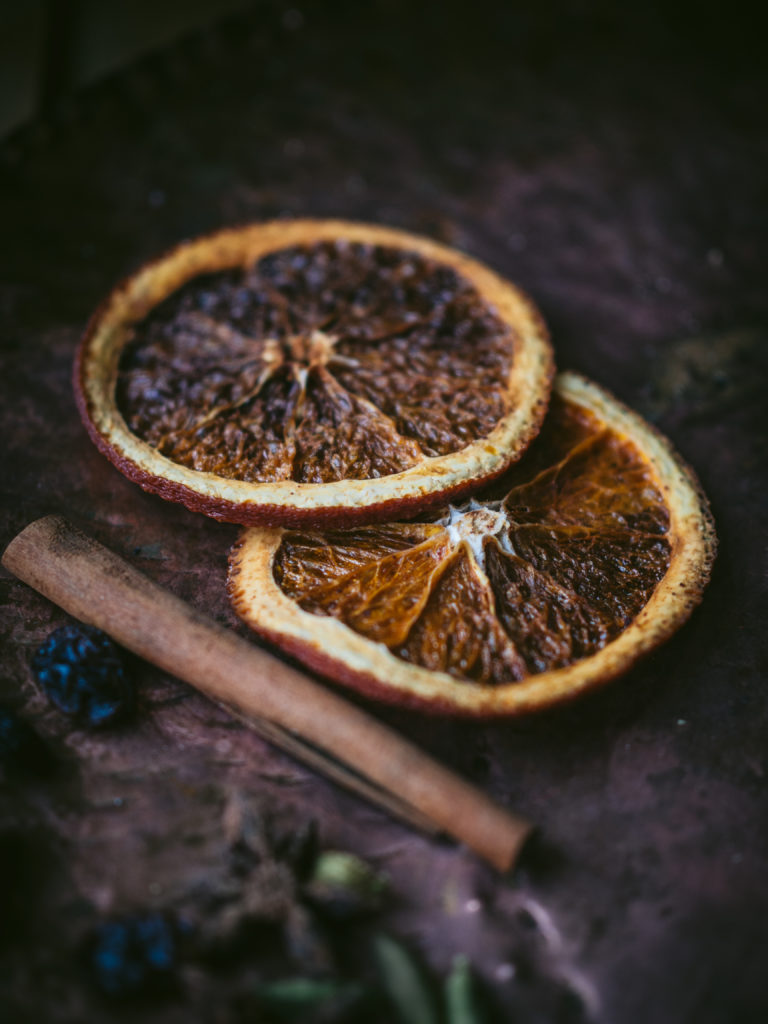
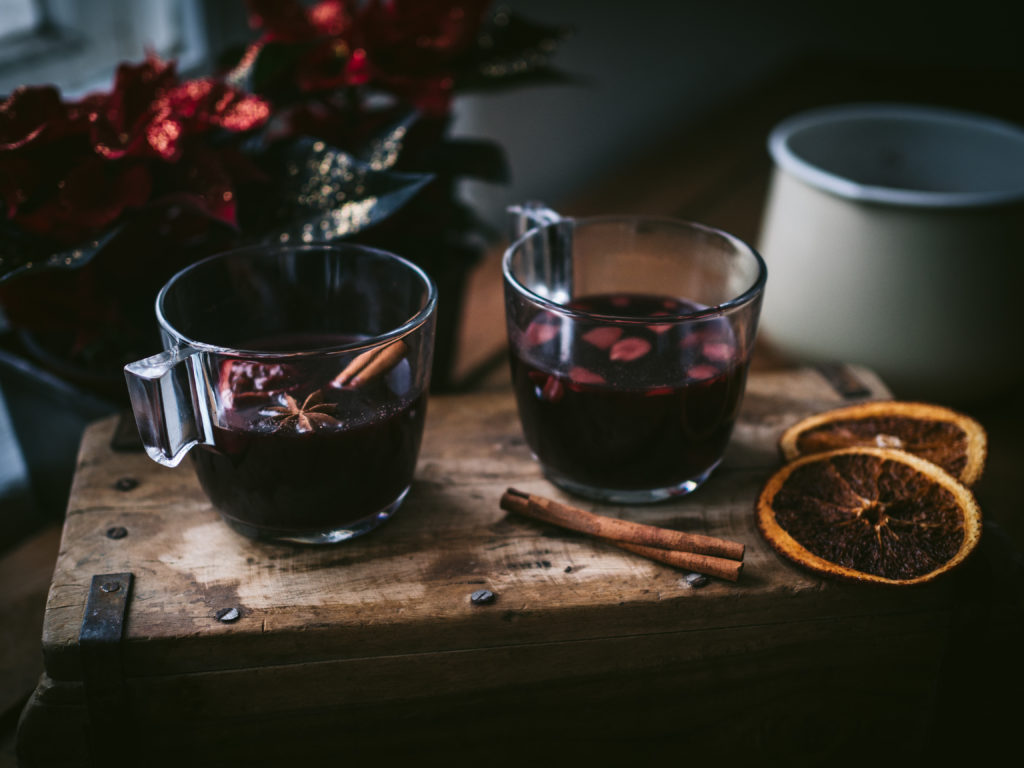
Gløgg is a delicious way to warm up this winter season and it’s easily adaptable to suit your needs. If you prefer a non-alcoholic version, just swap out the red wine for juice or cordial and leave out the aquavit. You can add less sugar or more, if you prefer it slightly sweeter. When choosing a wine, it doesn’t have to be expensive or of amazing quality. Just be sure to choose a decent one of your liking.
Gløgg (Norwegian Mulled Wine)
Serves 4-6
- ½ cup (100 g) granulated sugar
- Juice and zest of 1 large orange
- 1 star of anise
- 1 cinnamon stick
- 6 cloves
- 1 teaspoon freshly grated nutmeg
- ½ teaspoon fresh ginger, grated
- 2 cardamom pods
- 1 bottle (750 ml) red wine
- 1/3 cup plus 1 tablespoon plus 1 teaspoon (100 ml) aquavit
To serve:
- ¾ cup (2 dl) raisins
- ¾ cup (2 dl) chopped or sliced almonds
In a large heavy-bottomed pot over medium heat, add the sugar, orange juice and zest, and spices. Heat gently, stirring often, until the sugar dissolves, about 5 minutes. Pour in the wine and gently heat for about 15 minutes. Stir in the aquavit.
Serve in individual glasses alongside the raisins and almonds to let people take what they want. Garnish with cinnamon sticks, star of anise, and/or orange slices, as desired.
You can keep the gløgg warm on a gentle heat for a couple of hours. It is also common to serve it with pepperkaker (gingerbread cookies).
*To make a non-alcoholic version, you can use 750 ml of apple juice or apple cider and omit the sugar while adding a dash of honey. You can also use solbærsaft or black currant cordial – just dilute it with water and omit the sugar.
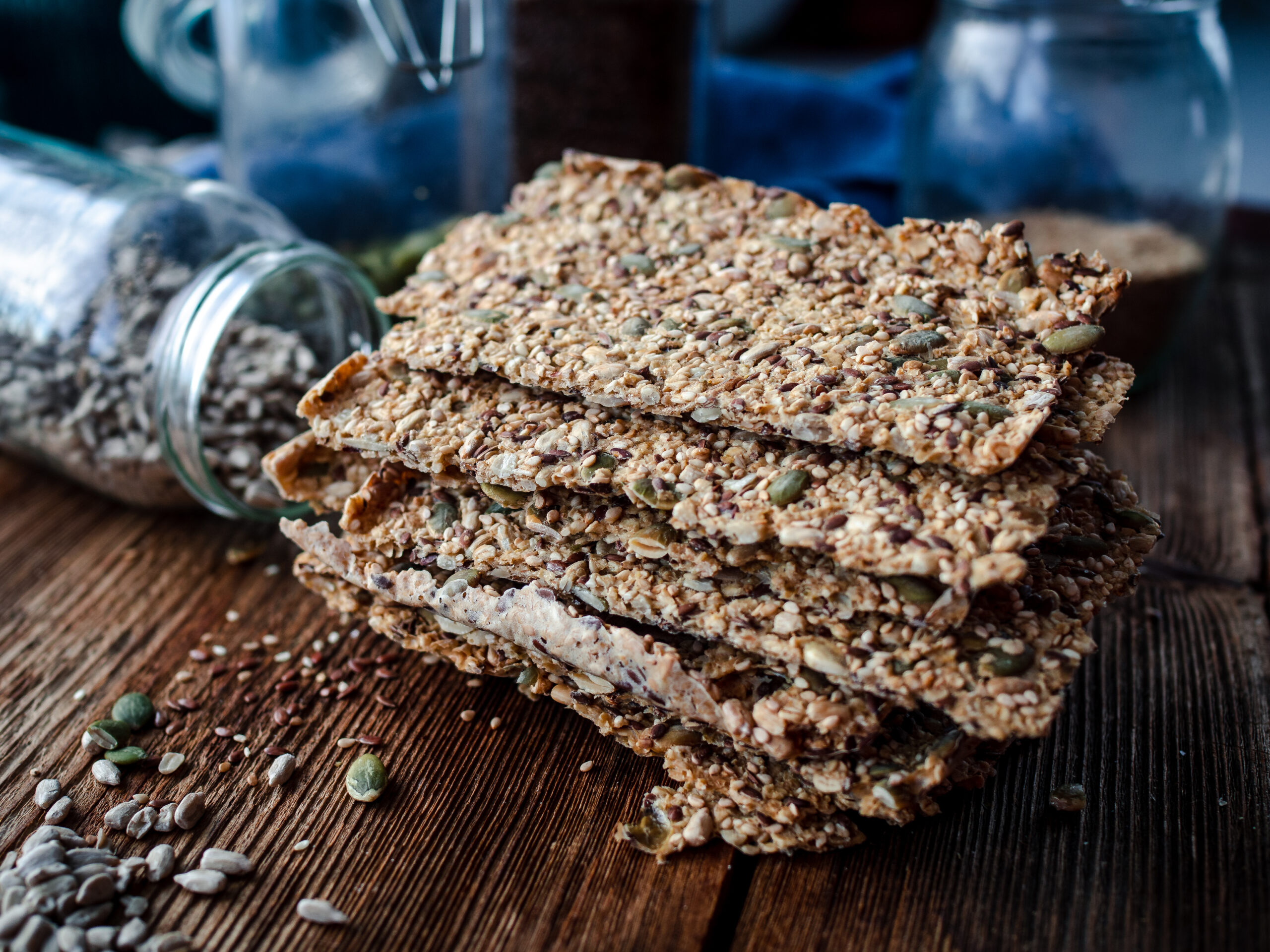
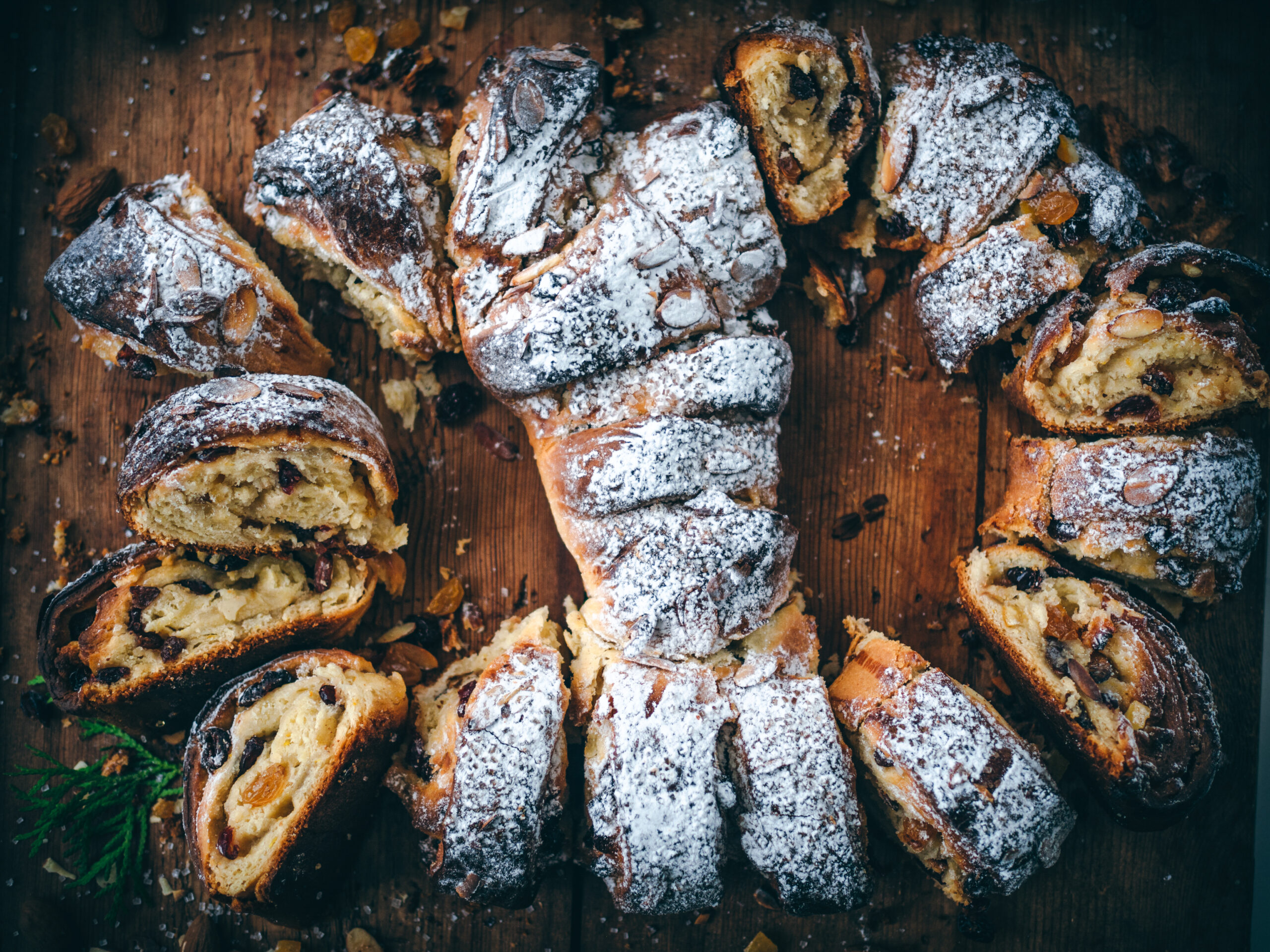
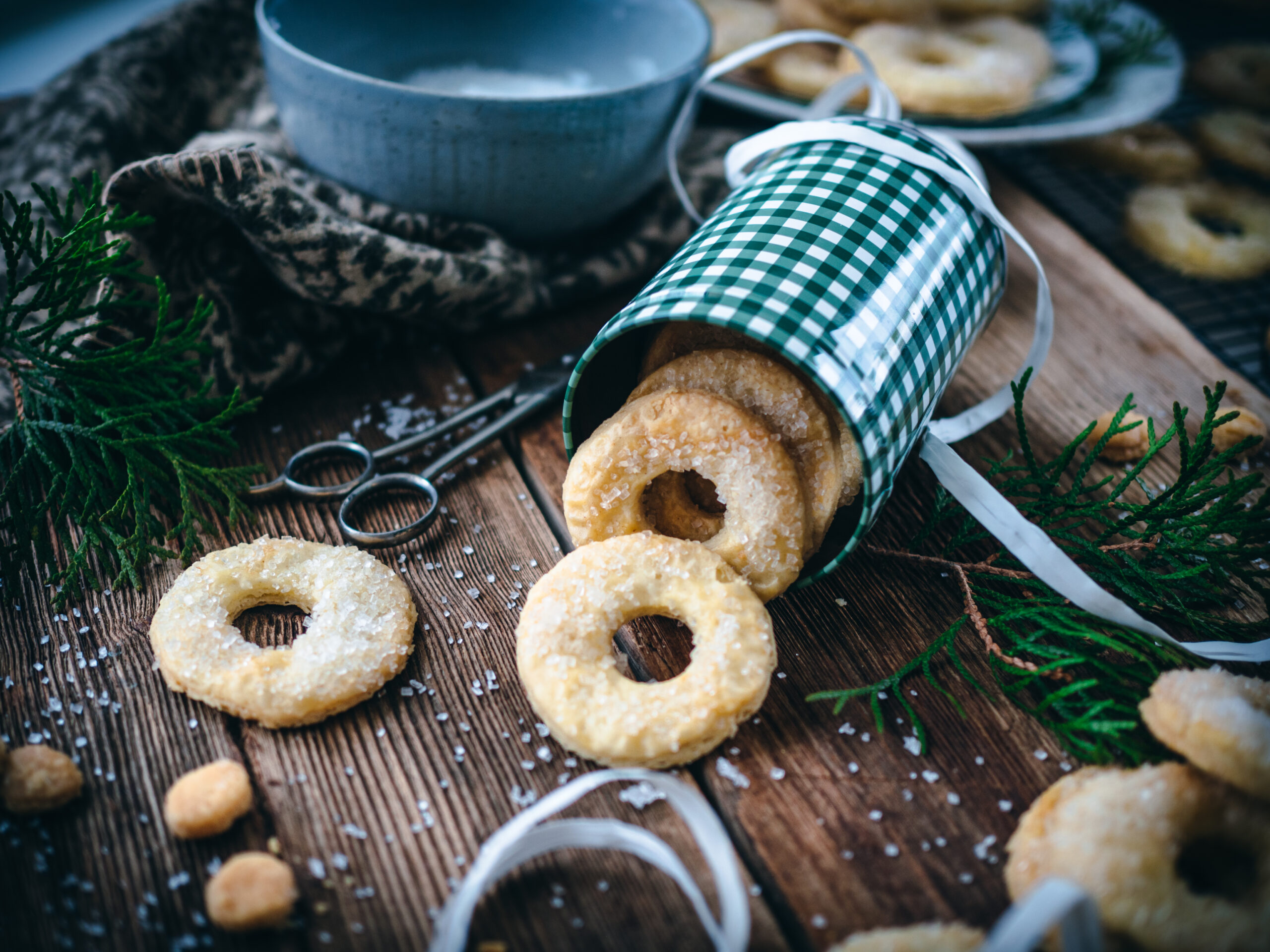
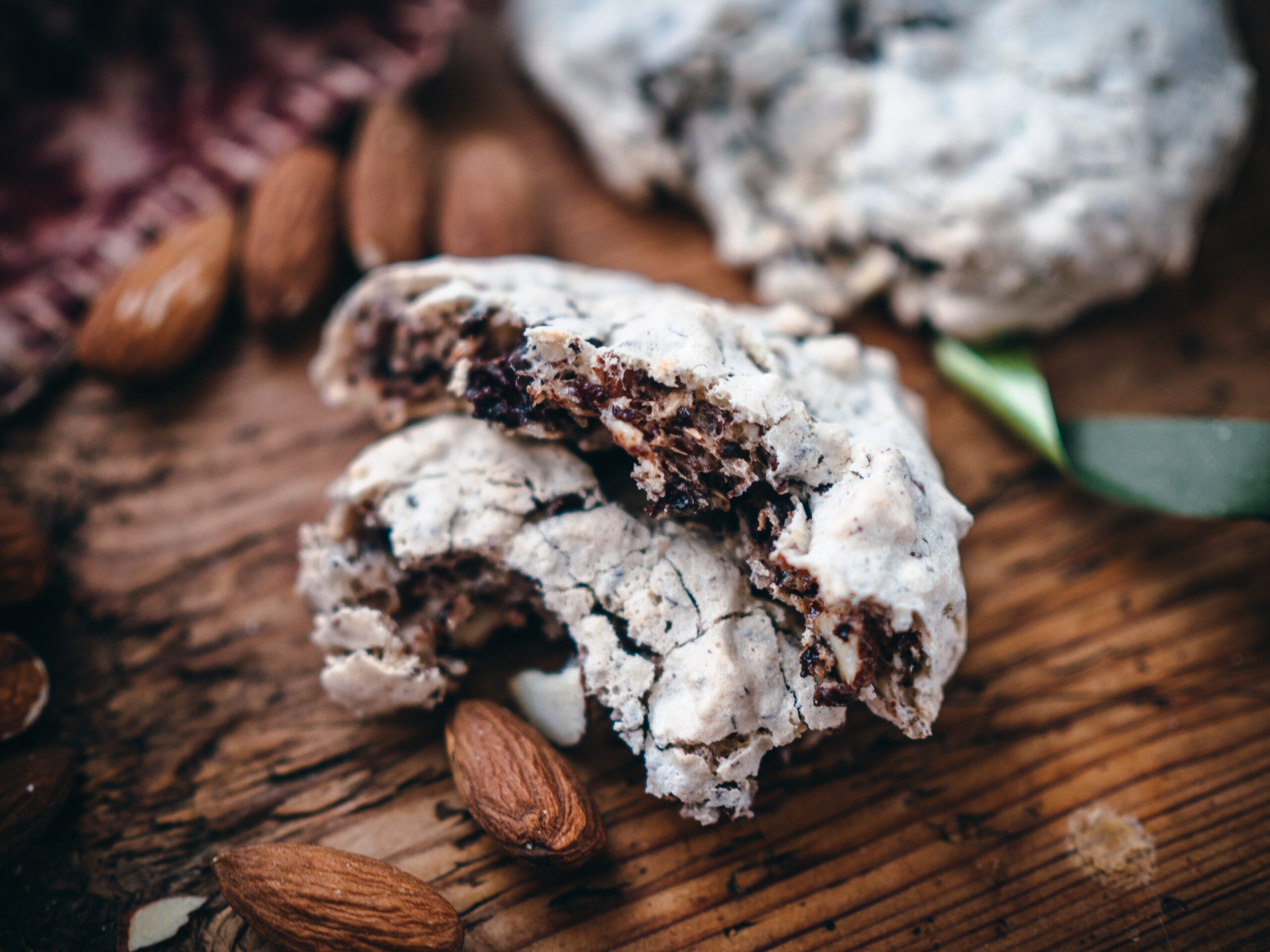

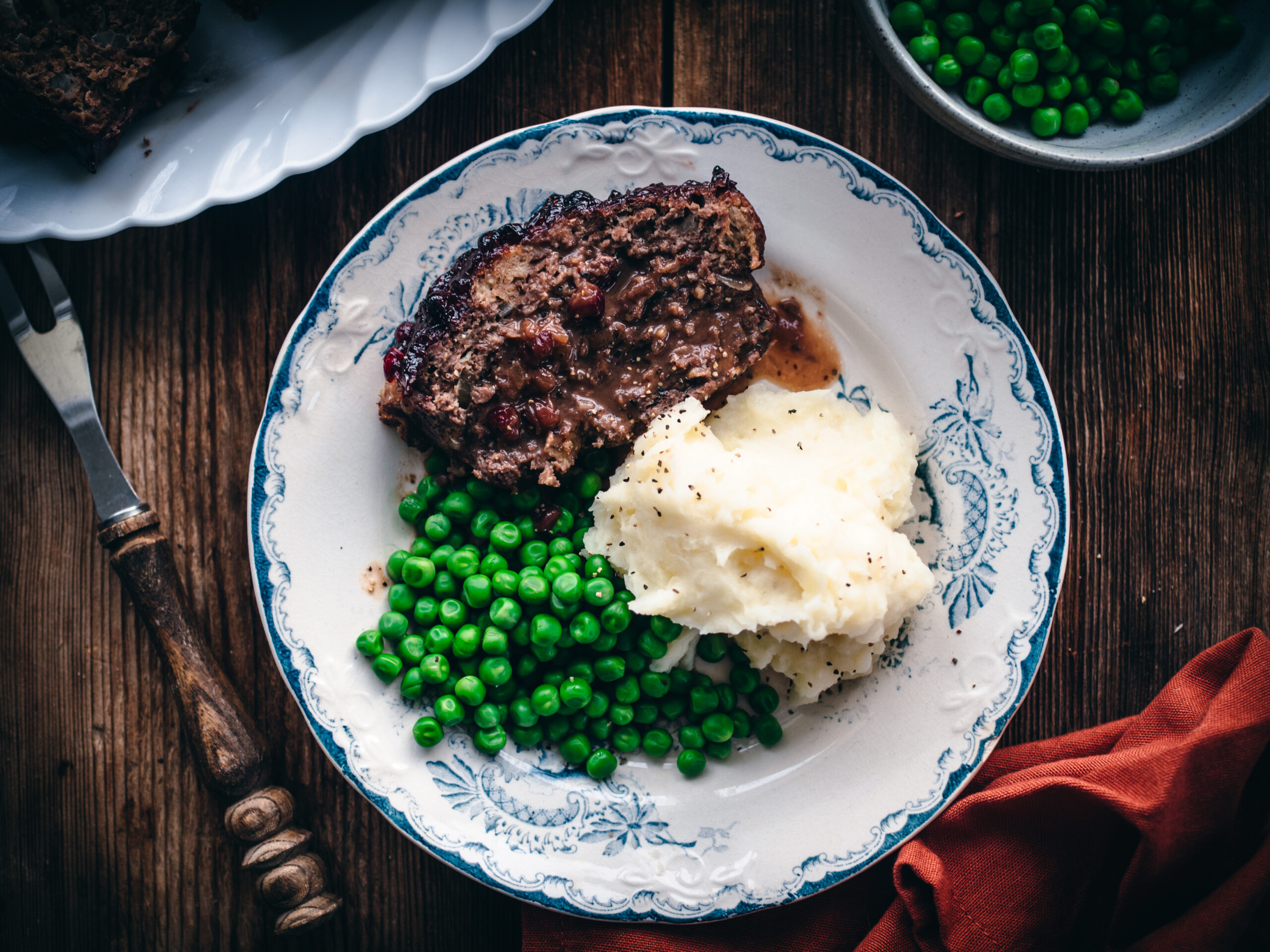
best way is to make alle the above plus dark rum and port (adjust spices up a bit to taste) but minus the wine into an extract by heating it up gently and letting the spices sit in there for about three weeks before sieving and storing in a dark space. mix wine and extract in about 2:1 depending on taste and gently warm up before serving as above. In the older days every family would swear by their own extract receipe, nowadays most will buy one or buy ready mixed, I do have good one though if you want, although it is Danish 😆
Love this recipe! Thank you for sharing.
So happy to hear that!